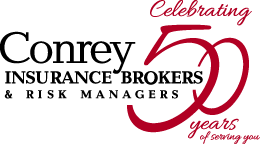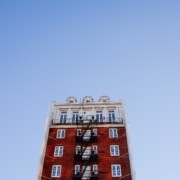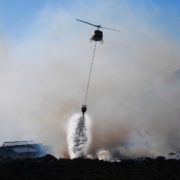Commercial Wildfire Checklist
Knowing what to do in the case of a wildfire is just as important for Businesses as it is for Homeowners. Having the process of what to do Before, During, and After a wildfire is an important tool for Businesses that are both Large and Small. Here is a checklist for business owners to reference to see what should be done before, during and after a wildfire.
At Conrey Insurance we want to ensure that your Business is protected from the devastation that can take place during wildfire season. To speak with a member of the Conrey Team, call (877) 450-1872 or contact us and experience The Conrey Difference for yourself.


